
THE XERCES SOCIETY FOR INVERTEBRATE CONSERVATION Aquatic Invertebrates in Pacific Northwest Freshwater Wetlands |
| Identify taxa |
|
Odonata |
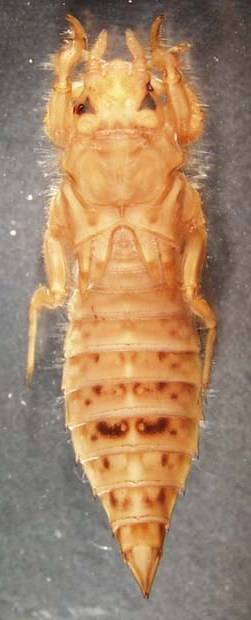 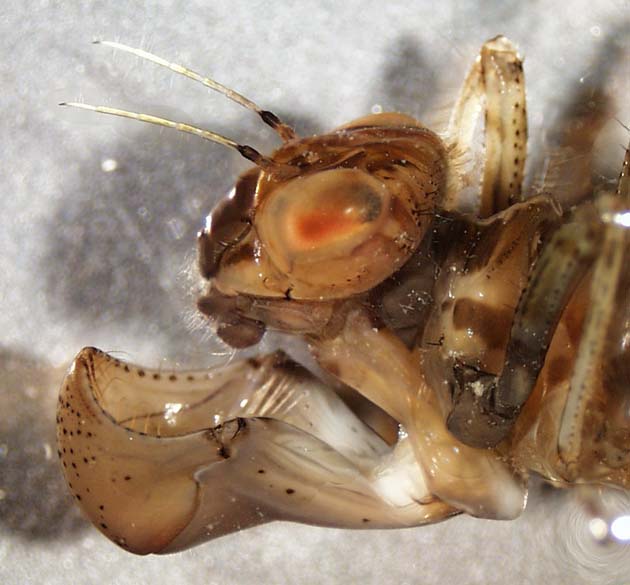  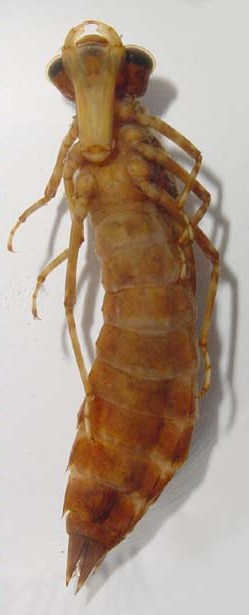 |
|
|
Coleoptera (beetles) A diverse group; larvae and adults may be present in samples. Beetle larvae may be hard bodied, soft bodied with filaments on the abdomen, or white, legless grubs. Forewings of adults are modified into hard shield-like structures (elytra) that meet at the midline of the body but do not cross over each other. |
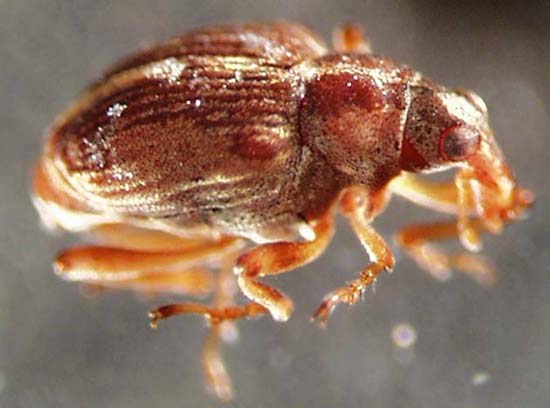  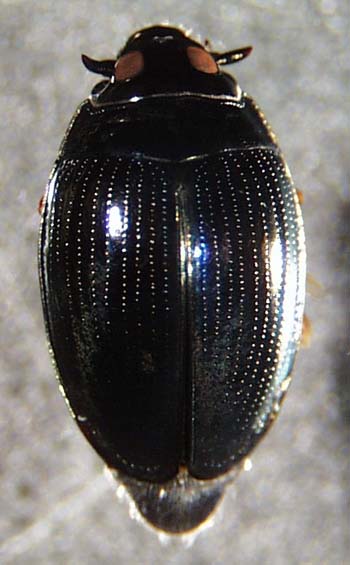 |
|
Hemiptera |
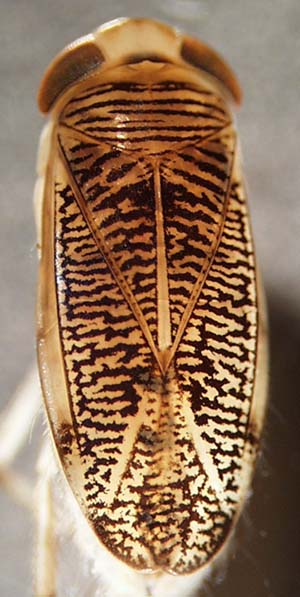  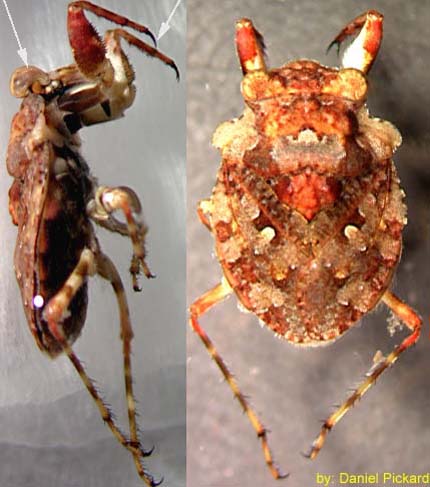  |
||
| Ephemeroptera (mayflies) - usually have three tail-like cerci, but may have two; always have leaf-like gills on their abdomen and only one claw at the tip of each leg |
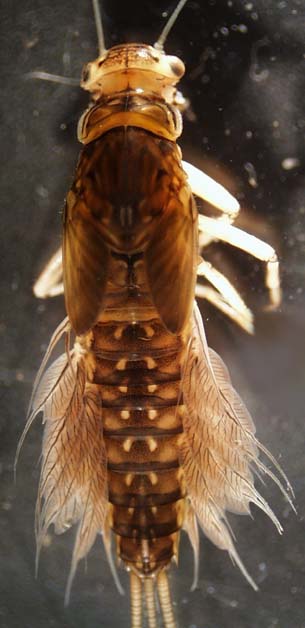 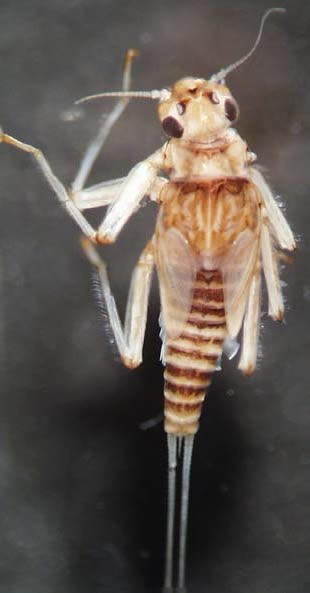 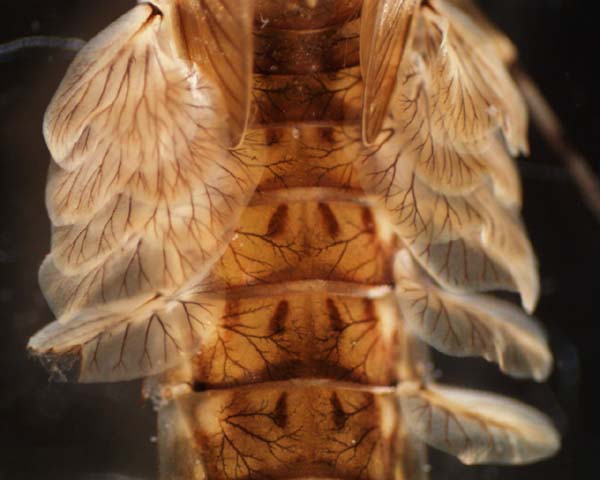 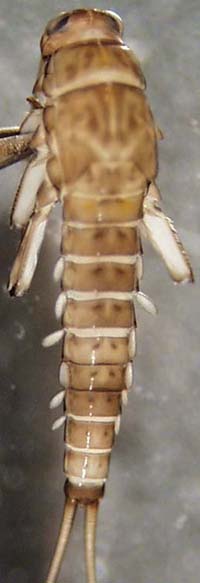 |
||
| Trichoptera (caddisflies) - often inhabit cases made of rock or plant material; soft-bodied with a hard head and legs, and usually hard plates on the thorax; hooks or small prolegs at the tip of the abdomen. |
 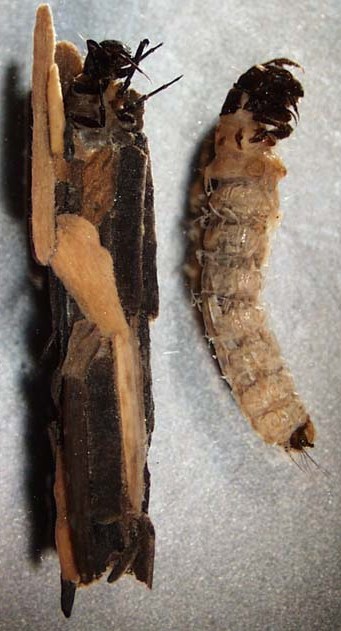 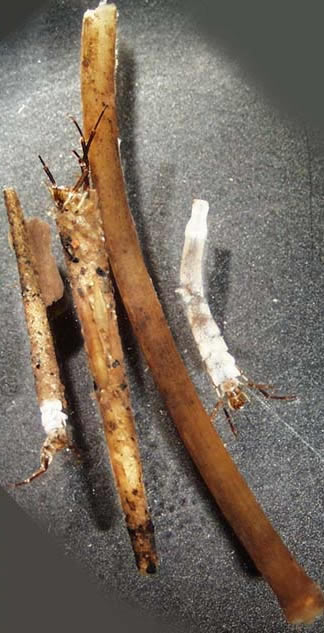 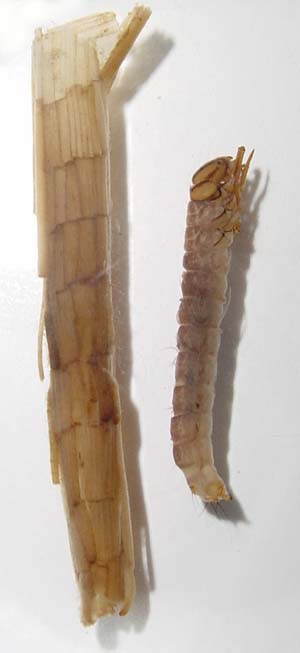  |
||
| Collembola (springtails) - sometimes colorful (purple, yellow, red); often with hinged extension at the tip of the abdomen or with a bulbous tube between the last pair of legs; not truly aquatic but fairly commonly collected. |
 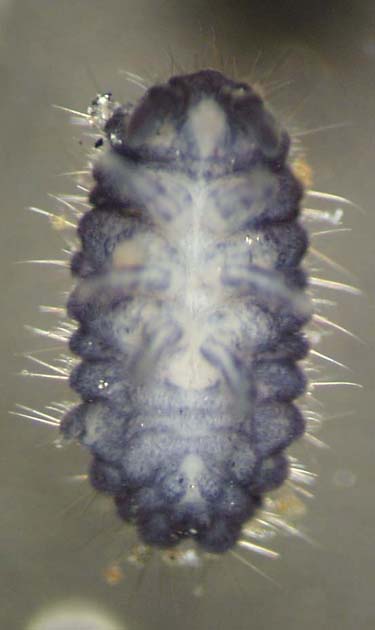 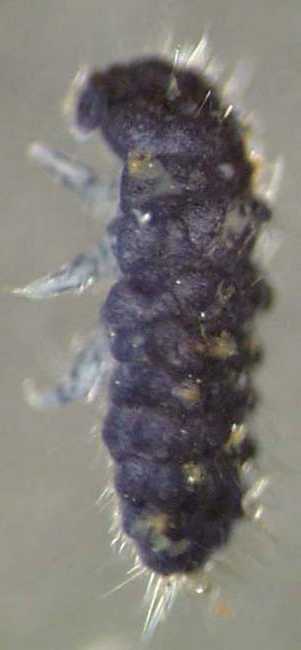 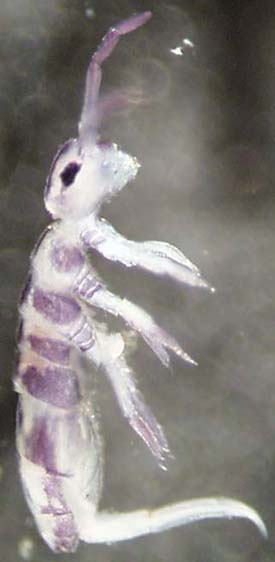 |
||
| Megaloptera (alderflies) - often large with conspicuous jaws; hard plates cover the top of the thoracic segments; long single gills on either side of each abdominal segment; abdomen ends in a single point or a pair of small legs |
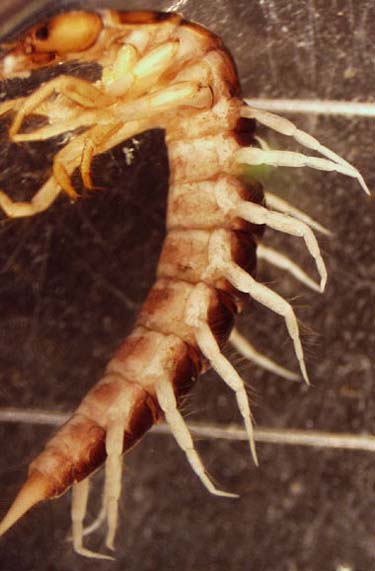 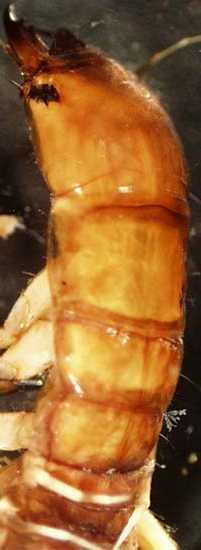 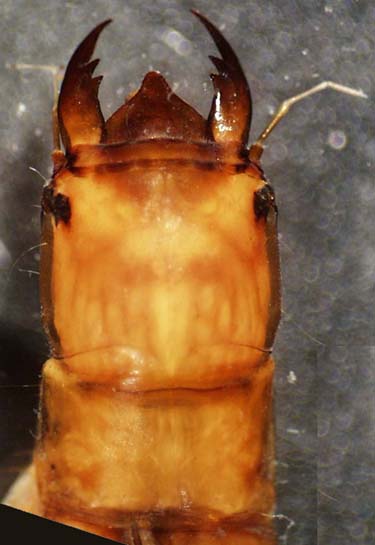 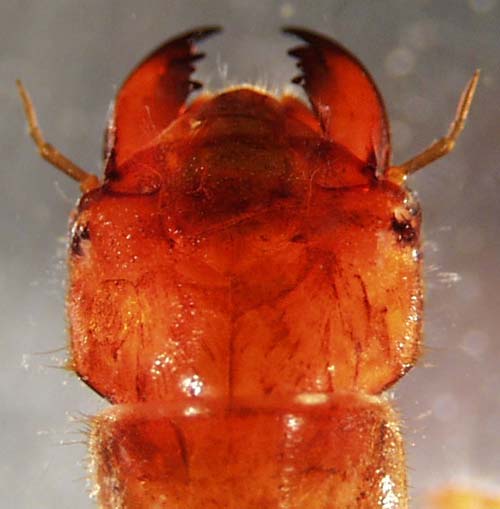 |
||
| Not common in wetlands Includes plecoptera (stoneflies) and lepidoptera (aquatic moths) |
 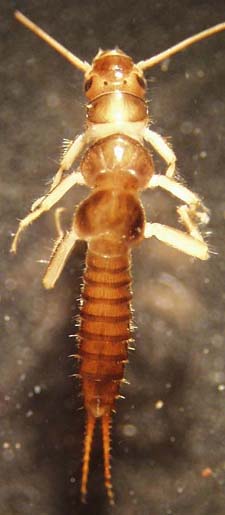 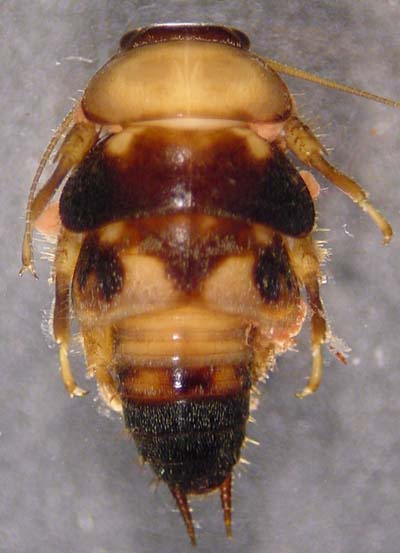 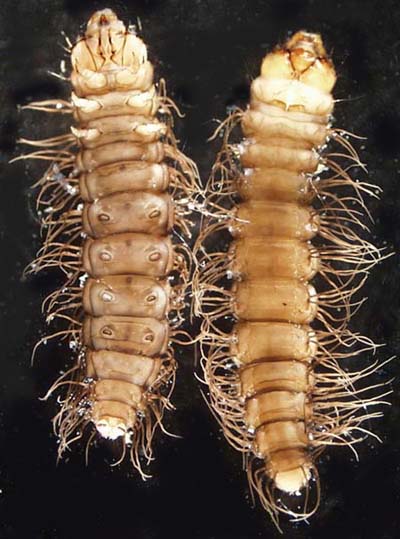 |
||
© 2007 Xerces Society
Contact info@xerces.org